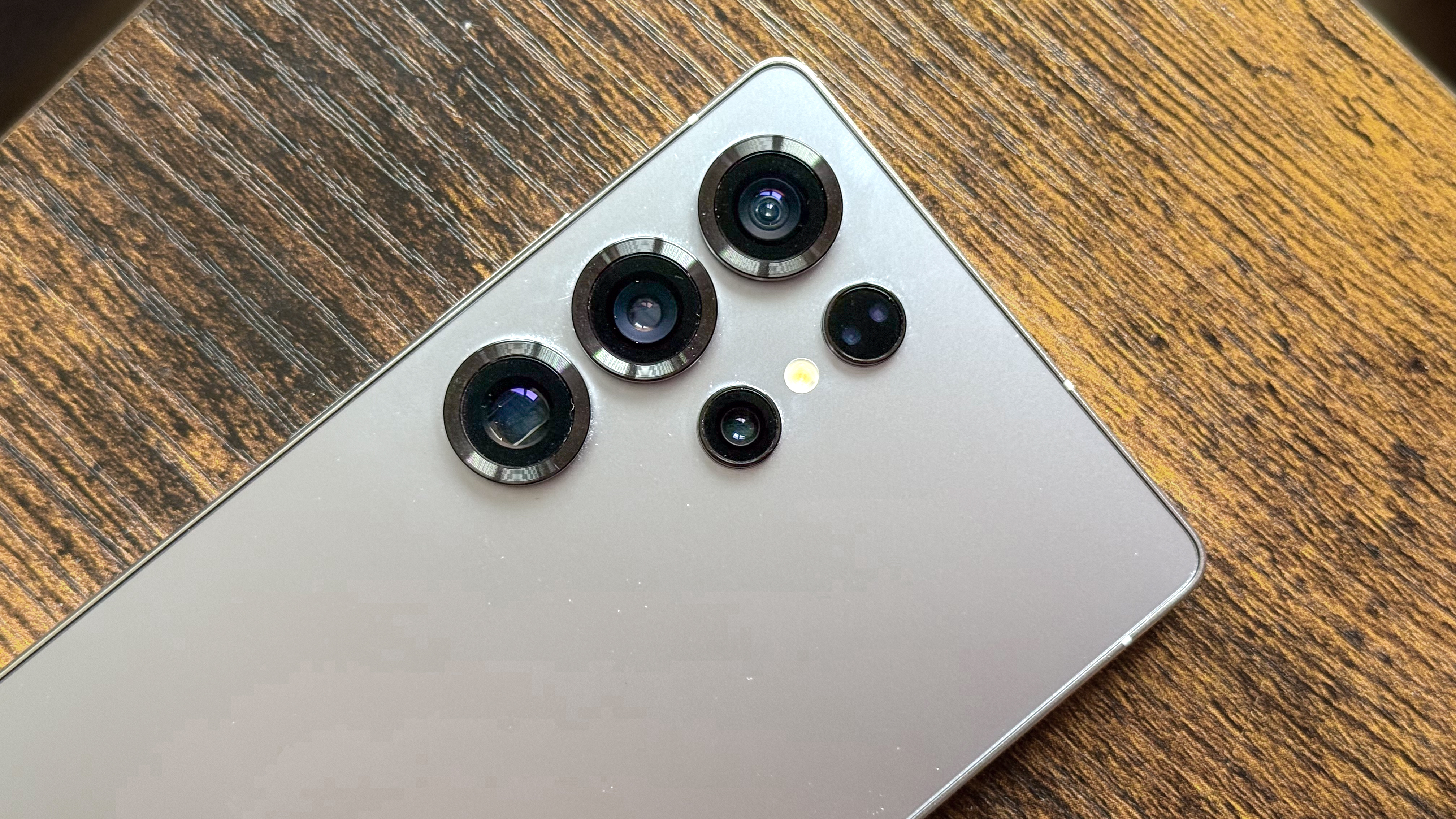iPhone 17e rumor has me scratching my head — here's why
Not every phone needs an annual update
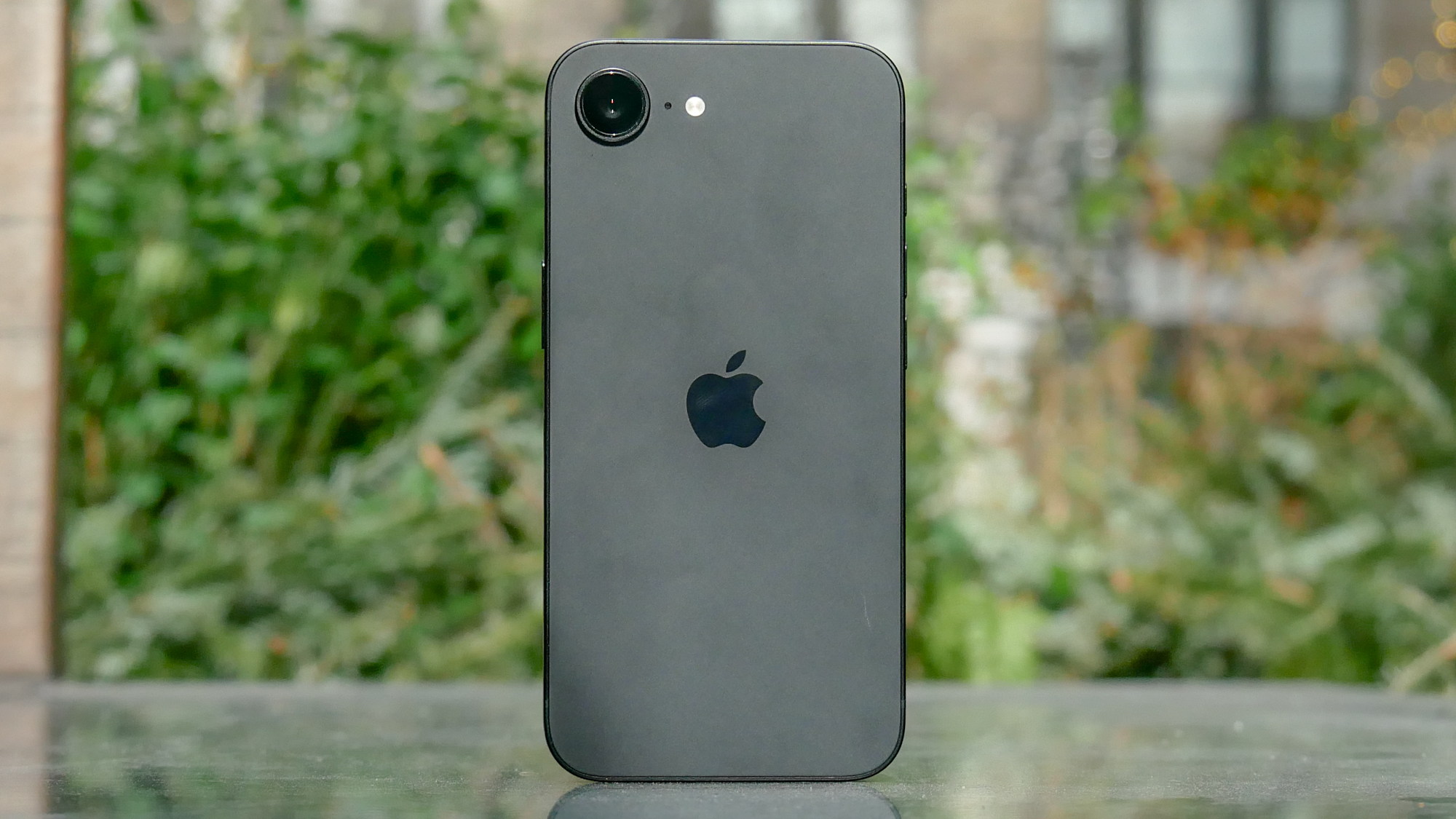
From the sound of it, we could be getting an iPhone 16e follow-up next year. But the biggest question around this rumored iPhone 17e is not what it will deliver, but whether we even need it.
Reports of an update to Apple's midrange phone can be traced to one source — a leaker posting on Weibo that an iPhone 17e is entering trial production. That would put the device on track to arrive next May, a little more than a year after Apple launched the iPhone 16e.
If that's true, it would be the first time Apple has released an annual update for its cheapest iPhone. Unlike its flagship phones, which arrive in new versions every fall like clockwork, updates to midrange models has been more sporadic.
A brief history of midrange iPhones
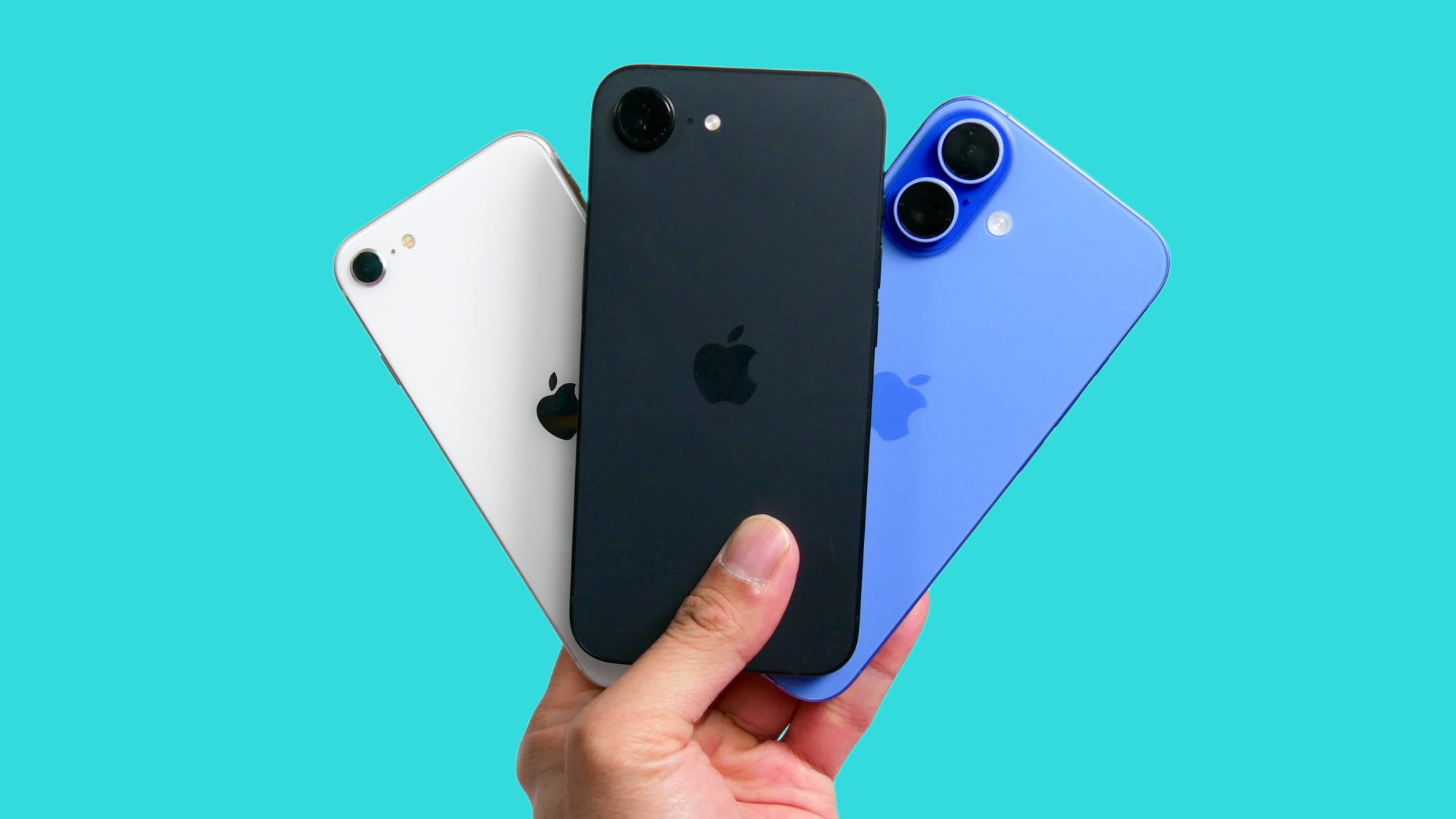
Apple released the original iPhone SE in 2016 and then waited another four years before coming out with a successor. The iPhone SE (2022) arrived more quickly than that, showing up just two years after its predecessor.
But that relatively speedy launch was necessitated by the arrival of 5G connectivity — the 2022 model of the SE had it while the 2020 version did not.
That brings us to this year, and the arrival of the iPhone 16e three years after the last SE. The new phone ushered in a more modern design, consigning the bezel-heavy Touch ID-based iPhone to the ash heap of history. The iPhone 16e also featured an OLED screen and a USB-C port, retiring LCD and the Lightning port from the iPhone lineup.
Most important, the iPhone 16e stuck with Apple's tradition of equipping its midrange model with the Apple-designed silicon that had debuted in the flagship iPhones the previous fall. In this case, that meant an A18 system-on-chip, which enables the iPhone 16e to support the same Apple Intelligence tools being rolled out to Apple's recent flagships.
What's left to add?
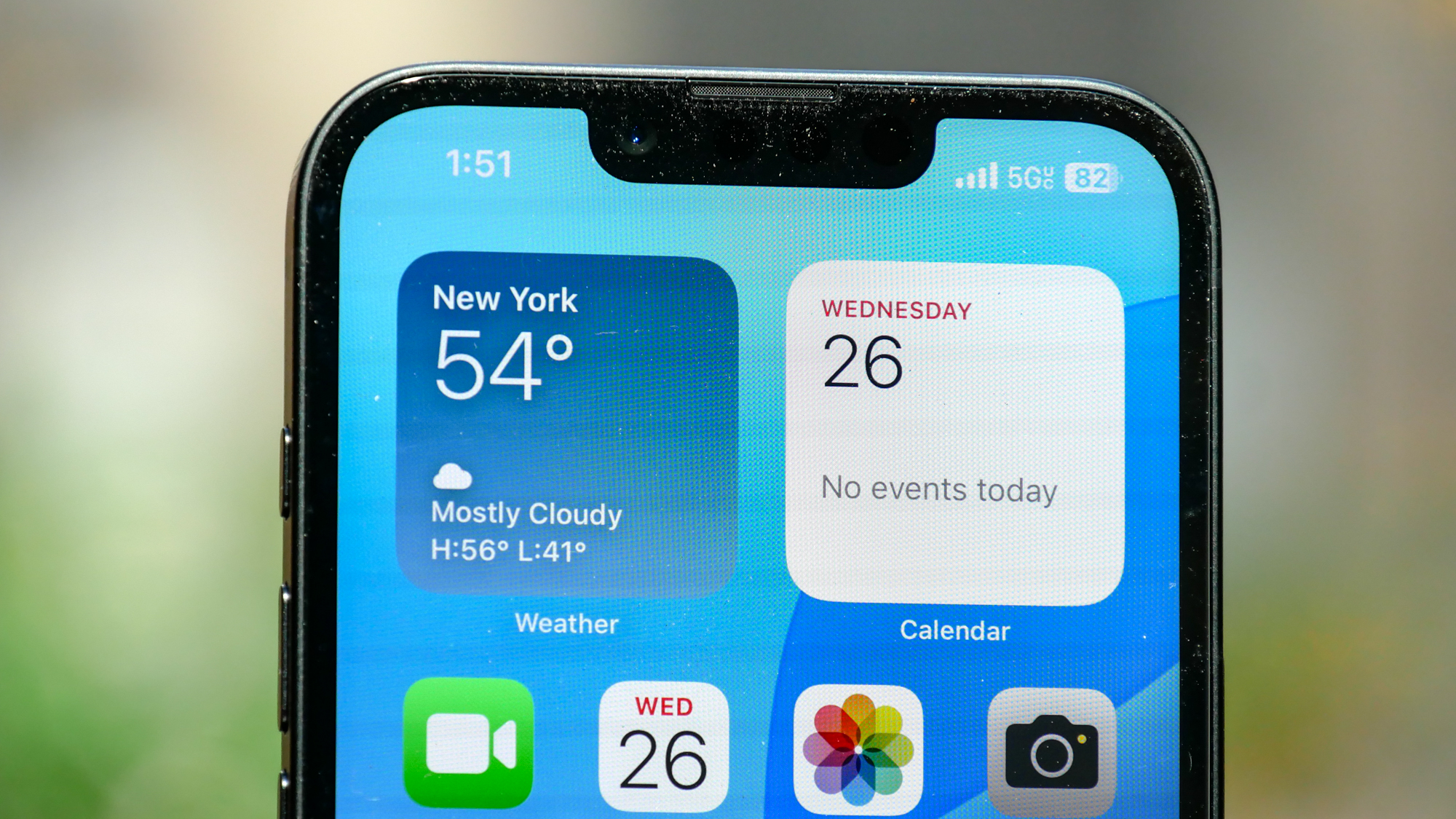
The changes Apple introduced with the iPhone 16e seem to tick off a lot of the boxes of what was missing with previous iPhone SE models. So that raises a critical question about a rumored iPhone 17e — exactly what would that model deliver that the current one doesn't offer budget-minded iPhone shoppers?
You'd imagine the iPhone 17e would feature an upgraded chipset — most likely, the A19 silicon likely to power this fall's iPhone 17 releases. You'd figure that would bring a performance boost and better power efficiency.
There's also the possibility that an updated chipset would support new Apple Intelligence features. But thus far, Apple seems like it wants its AI tools to work on as many compatible phones as possible.
There's talk that the iPhone 17e could further tweak the look of Apple's midrange phone, namely by replacing the notched display of the iPhone 16e with a Dynamic Island feature similar to the rest of the current iPhones.
I'm not sure how much of a pressing concern that is, though. For one thing, it gives Apple a way of further distinguishing its flagships from its cheaper model. For another, I don't think the addition of a Dynamic Island is what's going to sway people who are on the fence about an iPhone 16e purchase.
Other than that, what is there to update from the iPhone 16e? The screen could get bigger, I suppose, though Apple seems to like that 6.1-inch size, probably for the sake of more efficient assembly.
The iPhone 16e has just one rear camera, but I can't imagine Apple adding a second one to the iPhone 17e — a single camera seems to be the trade-off Apple expects you to make for a cheaper device.
And any other change would have to be done without driving up the cost of the E series iPhone. Remember, the iPhone 16e already costs $179 more than its predecessor, so I'd imagine a second consecutive price hike would go over like a fart in church.
Are annual phone updates necessary?
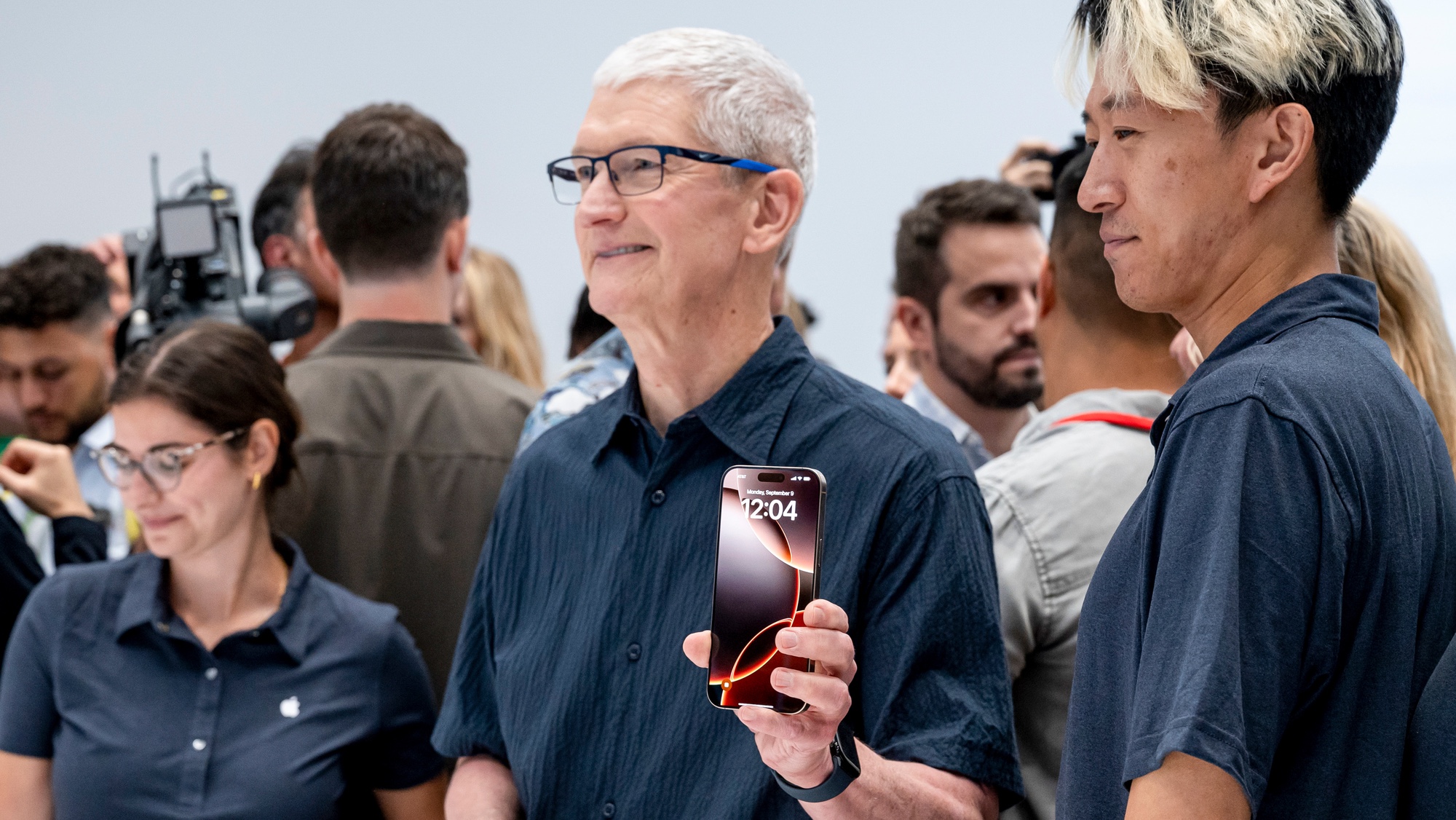
Indeed, one of the big selling points of the iPhone 16e seems to be that the A18 chipset powering the device and the presence of all those Apple Intelligence features will keep the device pretty current for years to come.
Throw in Apple's track record of five to six years worth of software updates, and you really get a lot of value in exchange for your $599 purchase. And by the time the iPhone 16e starts showing its age, that's when you'd expect Apple to roll out a successor.
There's a larger existential question at play here, too — do we really need new models of the same phone to come out every year? Most of us are waiting long in between upgrades — an average of nearly three years, depending on who's doing the estimating. Phone makers seem to recognize that on some level, as we're seeing extended software and security support for more devices.
And yet, phone makers also continue to offer yearly refreshes to their smartphone lineup. This makes sense for flagships, as not everyone's going to upgrade their phone at the same time, and having a newer model on hand might persuade someone that it's time to switch to a new device. With midrange phones, where the idea is that you're trying to stretch your dollar further, frequent updates make less sense.
I would have thought that the gap between iPhone SE releases meant that Apple agreed with that point of view. But should an iPhone 17e really be in the works, that may not be the case anymore.
iPhone 17e outlook
Of course, it would take more than one rumor from one source to convince me that Apple's had a change of heart about how frequently it needs to put out a new midrange model. It's possible that the iPhone 17e never sees the light of day. But if it does, let's hope that Apple has a good reason for making one.
More from Tom's Guide
Sign up to get the BEST of Tom's Guide direct to your inbox.
Get instant access to breaking news, the hottest reviews, great deals and helpful tips.
Philip Michaels is a Managing Editor at Tom's Guide. He's been covering personal technology since 1999 and was in the building when Steve Jobs showed off the iPhone for the first time. He's been evaluating smartphones since that first iPhone debuted in 2007, and he's been following phone carriers and smartphone plans since 2015. He has strong opinions about Apple, the Oakland Athletics, old movies and proper butchery techniques. Follow him at @PhilipMichaels.
You must confirm your public display name before commenting
Please logout and then login again, you will then be prompted to enter your display name.

